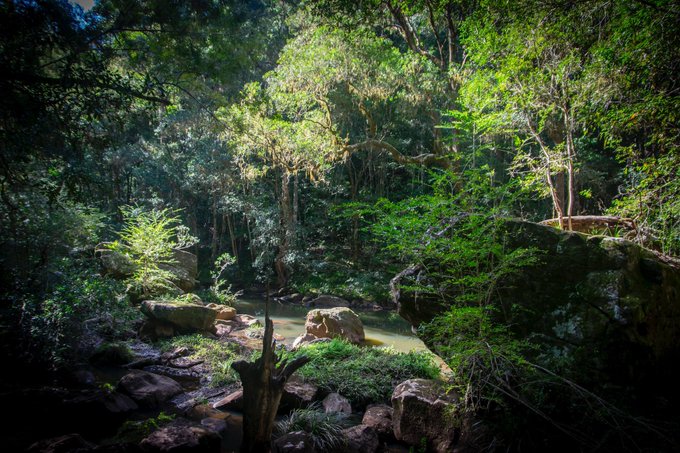
Biodiversity loss: ‘Rising population threatens safe existence of our world’
An ever-growing population and rapid urbanization are taking a toll on bio-diversity – important for human survival in the years to come.

An ever-growing population and rapid urbanization are taking a toll on bio-diversity – important for human survival in the years to come.
A recent global analysis by Norwegian University of Science and Technology said, top biodiversity hotspots of the world lost 148 million hectares (mha) of land to agriculture and urbanisation between 1992 and 2015.
The report found that saving our forests and its endemic species would go a long way in preventing pandemics in the future such as the novel coronavirus disease (COVID-19).
It's time we rethink our relationship with nature.
To help avoid future pandemics like #COVID19, we need to fight climate breakdown, protect biodiversity and radically transform our food system.https://t.co/MGmaKX3vIO
— Greenpeace International (@Greenpeace) October 30, 2020
Forests bore the maximum brunt as nearly 40 per cent or 54 mha land lost was under forest cover. The biodiversity hotspots of Sundaland (Indonesia), Indo-Burma (mainland southeast Asia) and Mesoamerica were the worst affected, the report said. The collective loss of the three hotspots (22 mha in all) accounts to 26 per cent of the forest area originally present in 1992, the study showed.
Thirty-four biodiversity hotspots were covered under the study.
What is a biodiversity hotspot?
A ‘biodiversity hotspot’ was defined as an area that contained “exceptional concentrations of endemic species that were undergoing exceptional loss of habitat”.
Biodiversity hotspots cover 2.3 per cent of the Earth’s surface but have more than half of the world’s endemic plant species, according to the International Union for Conservation of Nature.
Why are we losing biodiversity hotspots?
Sundaland, Indo-Burma and Mesoamerica lie in the tropical region of earth. As per the study report, they lost forests due to three important factors:
1. The need to grow more food to feed an ever-growing population and the need to increase income
2. The high fertility of soil in these areas
3. Weak environmental protection laws and regulations
The Norwegian University of Science and Technology found that even protected areas inside the hotspots suffered deforestation.
A ray of hope
There is some good news amid the gloom. Protected areas inside the hotspots generally lost less forest cover than the land outside protected areas, especially during the last five years of the study (2010-2015). Around 1 mha of land was lost during this period.
Besides, some hotspots did gain forest cover including the mountains of Central Asia, the Irano-Anatolian area and the Atlantic forest in North America.
The increase in forest cover was due to reforestation of agricultural land. However, this reforestation would not able to make up for losses of biodiversity, according to the study.
Exploitation
Top food companies of the world have been accused by the Rainforest Action Network for speeding up conversion of rainforests into oil palm and pulp plantations in Indonesia.
Also read: Human folly, nature’s fury ravage the Sunderbans
Major corporations have exploited these areas for commercial gains that includes producing cattle feed. The local population might get some benefits from revenues, but not much, according to the study.
The way ahead
The Norwegian University of Science and Technology report suggests immediate measures to control and reverse the biodiversity hotspot losses. The steps, the report says, included efficiency in agricultural production, food value chain and distribution, less food wastage and changes in diet.
Saving our forests and its endemic species would also prevent more pandemics in the future such as the novel coronavirus disease (COVID-19) as outlined by a recent report of the Intergovernmental Science-Policy Platform on Biodiversity and Ecosystem Services.


